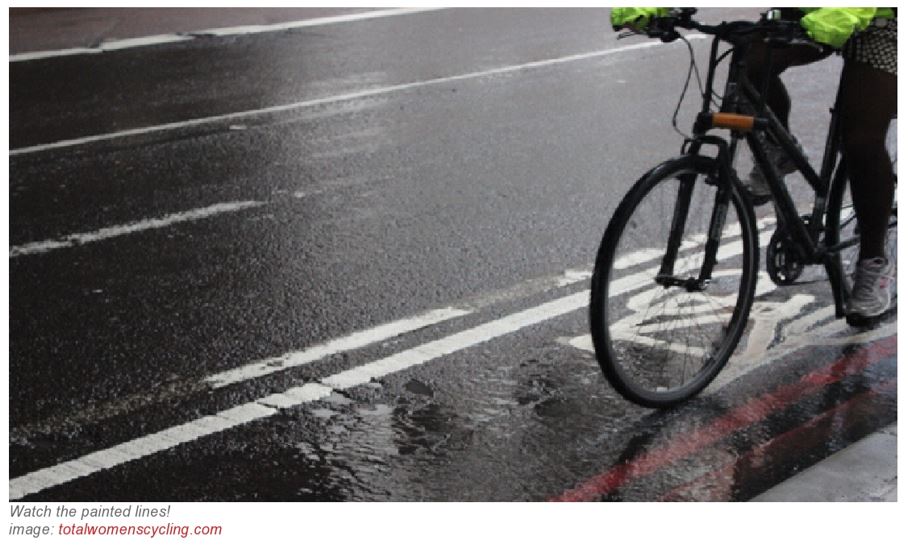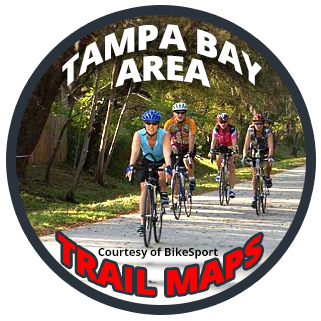Five Tips – Riding & Equipment…

Riding in the wet can be a mixed experience. If you’ve got the right equipment and riding skill, it can (sometimes) be more fun than a dry ride. However, if you’re unprepared, under skilled, and a long way from home, it can soon turn to hell. You’ll wish you took up table tennis instead!
So, to help you on your next wet ride, we’ve got five riding tips and five equipment tips to keep you happy, hail or rain. Happy is good.
RIDING TIPS
1. SLIPPERY WHEN WET
When riding in the wet, avoid shiny surfaces. These offer no grip and are almost may send you to the ground abruptly. On the road, marking paint and road markers are slippery when wet along with anything metal, manhole covers etc., While on the trails you’ll need to steer clear of tree roots and rock faces.
2. SMOOTH STEERING
It is advisable to always steer smoothly in the wet. On a mountain bike trail, gravel offers surprisingly high levels of grip in the wet, but on the road it’s a different story. If rounding a corner, or turning down a side street, slow down to at least half the speed you’d normally do. Slowly roll round the bend, then pedal once you’ve straightened up. Do not twitch or swerve the bike, and look ahead to better predict what’s coming up.
3. BRAKING SAFELY
The one thing that loses serious amounts of performance in the wet – your brakes. Road rim brakes are almost useless in the wet, until that layer of water is skimmed off the rims during braking. When braking in the wet, begin slowing down around double the distance than when riding in the dry. You’ll feel the brakes barely work and then steadily increase in effectiveness. This means it is advisable to scan the road ahead for any possible dangers that may require stopping quickly. Disc brakes perform better than rim brakes but are still limited by decreased traction between the wet road and the tires.
4. RIDE MORE SLOWLY
In line with brakes that barely work, it’s highly advisable to analyse where you’re riding and decide whether you should slow down. If a car or pedestrian were to appear in front of you (as they do), you’ll have trouble coming to a halt, even just slowing down enough to avoid injury. Just slow down enough to be in control, because even if your brakes do work, your skinny little tires sure won’t …
5. TIRE PRESSURE
Something rarely considered by cyclists is tire pressure. If you’re expecting a wet ride, reduce your tire pressures slightly. On the road, riding at 110psi is pointless if it can’t allow the tire to deform and generate grip. Drop your tires to 90-100 PSI and enjoy the slightly improved grip, especially under braking.





